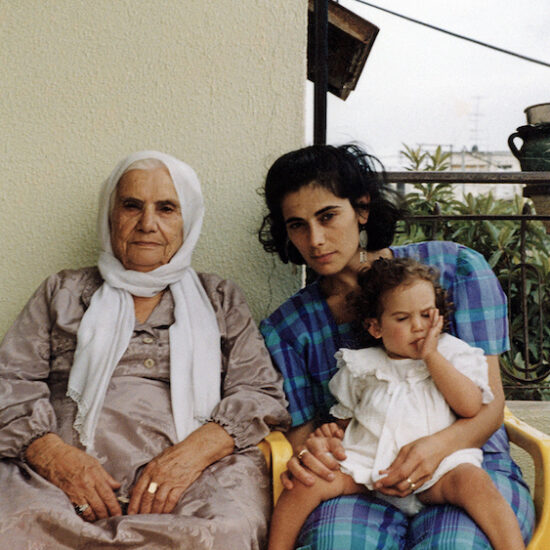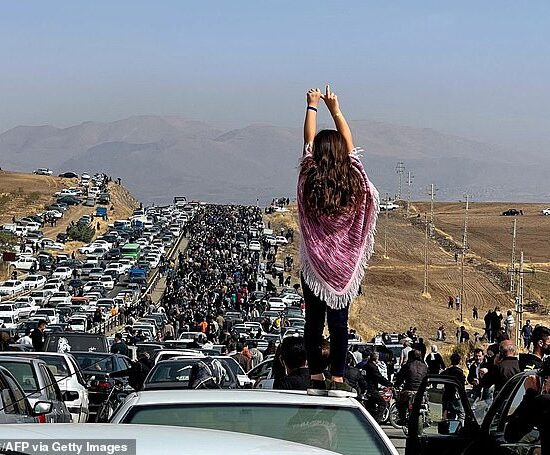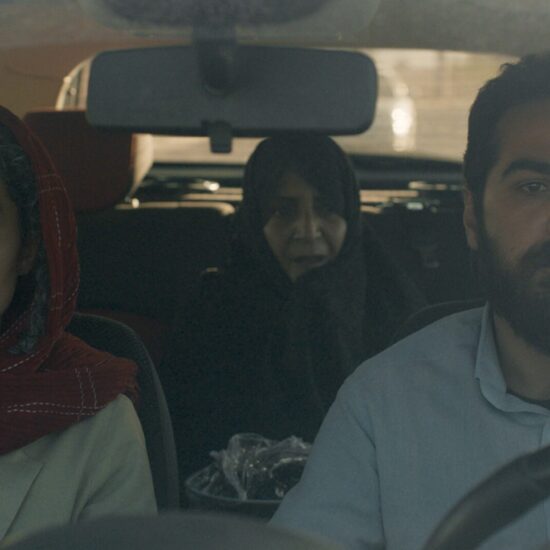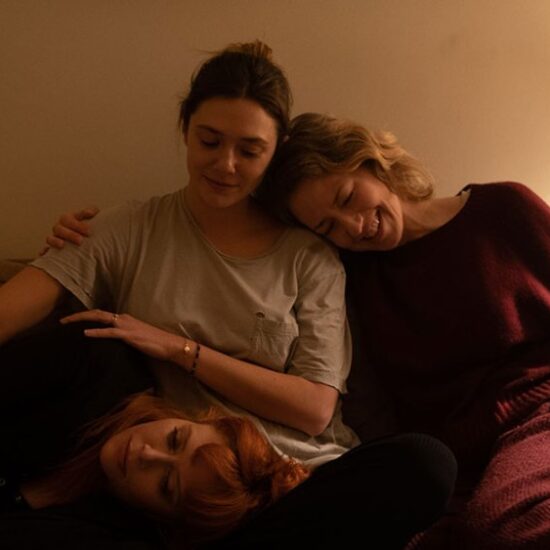
One rainy spring evening, a young Iranian mother with a mangled arm, her husband and their 3-year-old daughter met a smuggler near the Iraqi border who gave them a stern ultimatum: Ensure the child’s silence or leave her behind.
The mother, Sima Moradbeigi, 26, recalled that she dashed to a pharmacy for a bottle of cough syrup to drug her daughter into a stupor.
Under the cover of night, the family followed the smuggler out of Iran along mountain paths, sometimes crouching or crawling through muddy scrubland to avoid border guards stalking their route with flashlights. Hours later, Ms. Moradbeigi and her husband said, they arrived safely at a mosque outside the city of Sulaimaniya in Iraq’s northern Kurdistan Region.
Their daughter, Juan, barely stirred.
The Islamic Republic — the theocracy that arose after Iran’s 1979 revolution — was never hospitable to women who rebelled against its strict religious codes for dress and behavior. But their perils were amplified by a revolt that began last September, set off by the death of a 22-year-old woman, Mahsa Amini, while she was in the custody of the country’s morality police.
Women played a central role in the months of antigovernment protests that followed, demanding nothing less than the abolition of the entire system of authoritarian clerical rule. The government eventually stamped out most of the protests, leaving hundreds dead, according to rights groups.
Some mothers concluded that it would be better to risk their lives fleeing Iran to spare their daughters a lifetime under the authoritarian regime. These are the stories of three women who made that difficult choice.
Transformed by Rage
Days after the protests began, Ms. Moradbeigi said she walked out her front door gripping a head scarf, which she planned to burn on the streets of her hometown, Bukan. Before that moment, she had not considered herself political.
She had found happiness with her husband, Sina Jalali, who owned a fabric shop, and their daughter. But she was enraged by the death of Ms. Amini, who had lived in Saqhez, not far from Ms. Moradbeigi’s hometown in Iran’s northwestern Kurdish region. Like Ms. Amini, she was part of Iran’s Kurdish minority, which has faced discrimination and repression.
When she joined the protest that day in Bukan, Ms. Moradbeigi said, she came under a hail of gunfire from a security officer, who shot her with dozens of metal pellets. X-rays of her injuries, provided by Ms. Moradbeigi and one of her doctors, showed the pellets had pulverized her right elbow bone.
“Every minute, I was seeing death before my eyes,” Ms. Moradbeigi said in December, in one of a series of interviews over the past seven months. “But my heart was with my daughter. I could not die and leave her under this corrupt regime.”
Doctors warned that her arm might need to be amputated unless she got an elbow replacement quickly. But the surgery was too complicated to undergo in Iran. And Ms. Moradbeigi feared her injury made her an easy mark for the police.
It was then that she resolved to leave the country.
Ms. Moradbeigi and her husband spent seven months in hiding as they struggled to find a smuggler to take them out of Iran. But over and over they were told that taking a young child would be too dangerous because her cries could give them away.
In late April, they finally received a call: For 10 million Iranian tomans, about $230, a smuggler agreed to arrange their escape. Within days, they sold everything they owned, even their children’s books, and left home with painkillers and $600 in cash.
The family is now living in Iraqi Kurdistan in a home supplied by Komala, an armed Iranian Kurdish opposition group based in that region. The group has helped Ms. Moradbeigi and about 70 other Iranian women like her escape since the protests began, according to members.
A number of other women who spoke with the Times have managed escapes to other nearby countries like Turkey.
For Ms. Moradbeigi, her exile has turned into an excruciating race against time. The longer she delays treatment for her arm, the greater the risk she will lose it. She and her husband have spent the past months scrambling to marshal the resources to reach a country where she can receive the surgery she needs, which is not available in Iraq.
Still, she insists it was all worth it.
“I would lose this arm rather than abandon my daughter to my government’s nightmare,” she said.
A Family Divided, Then Reunited
Even before the protests began in September, Iranian women were risking their lives to try to ensure a better future for themselves, and in particular for their daughters. Some have been aided in their escapes by armed Iranian-Kurdish opposition groups, like Komala, based in the mountains of Iraq’s northern Kurdistan region, which has become a haven especially for Kurds escaping Iran.
Nasim Fathi, 38, an antigovernment activist from the predominantly Kurdish city of Sanandaj in northwestern Iran, was one of them.
She said she fled to Sulaimaniya a year ago after she was summoned to appear in court for participating in a political rally. In the weeks before her escape, Ms. Fathi said, she came under the scrutiny of Iranian security forces, who barred her from leaving the country.
She faced a terrible dilemma: She needed to flee Iran, but she was a single mother of two daughters, aged 21 and 10.
In July 2022, she decided there would be no future for any of them as long as she remained in the country. Leaving her daughters behind, Ms. Fathi said, she slipped over the border with the help of a smuggler.
“I promised we would find each other when the moment was safe,” she said in a phone interview from Sulaimaniya. But weeks after she arrived, demonstrations engulfed Iran, throwing her reunion with her daughters into doubt.
Her older daughter, Parya Ghaisary, was inspired by the protests and joined in. But when two of her friends were arrested in late September, her mother intervened from Iraq.
“She asked me to take my sister over the border,” Ms. Ghaisary said. “We were all she had in this life.”
Grasping their passports and her sister’s hand, Ms. Ghaisary took a taxi to the Iraqi border, where she told guards that she and her sister, Diana, were crossing for a relative’s wedding. Within hours, they were reunited with Ms. Fathi.
“I have my best friend back,” Ms. Ghaisary said of her mother, who looked thinner but could still finish her daughter’s sentences with the same infectious laugh.
The mother and her older daughter swapped their head scarves for matching pixie haircuts — a rebuke to the regime that drove them from their home — and they began military training with Komala.
A Fearless Force of Nature
For some Iranian women who have ended up separated from their daughters, the agony is superseded only by the fear of the dangers that a reunion might bring.
“I go dark when I imagine my daughter falling victim to the same horrors that forced me to flee her side,” said Mozghan Keshavarz, an anti-government activist who spoke by phone from a location outside Iran that she did not want to disclose. “But I cannot return to Iran.”
Ms. Keshavarz’s troubles began in 2019 when she started a campaign to hand out roses to veiled and unveiled women in an effort to unite them. Security forces entered her home and beat her in front of her daughter, who was then 9, before hauling her off to prison, Ms. Keshavarz said.
She next saw her daughter, Niki, in 2021, after she was granted leave from prison to heal from a spinal injury she suffered while detained. But their reunion was brief.
Ms. Keshavarz was forced into hiding last July, when officers stormed her father’s home after she attended a protest against mandatory hijabs, or head scarves. When a lawyer told her that she would probably be sentenced to death, she fled Iran.
Mohammad Moghimi, one of Ms. Keshavarz’s lawyers, said she was charged in January with waging war against God, a crime that carries an automatic death sentence.
While in exile, she said, she rarely speaks with her daughter for fear that Niki’s phone may be tapped by Iranian security forces, who are known to harass the families of dissidents. Instead, she scrolls through photographs and messages from Niki — pale reminders of their life together.
She recalled the night of her arrest in 2019, when security forces ordered Niki to tear up a drawing tacked to the refrigerator that read, “We don’t want the hijab.”
“She refused,” Ms. Keshavarz said. “I am humbled that I helped shape such a fearless force of nature.”
Sangar Khaleel, Nasir Sadiq and Leily Nikounazar contributed reporting.













